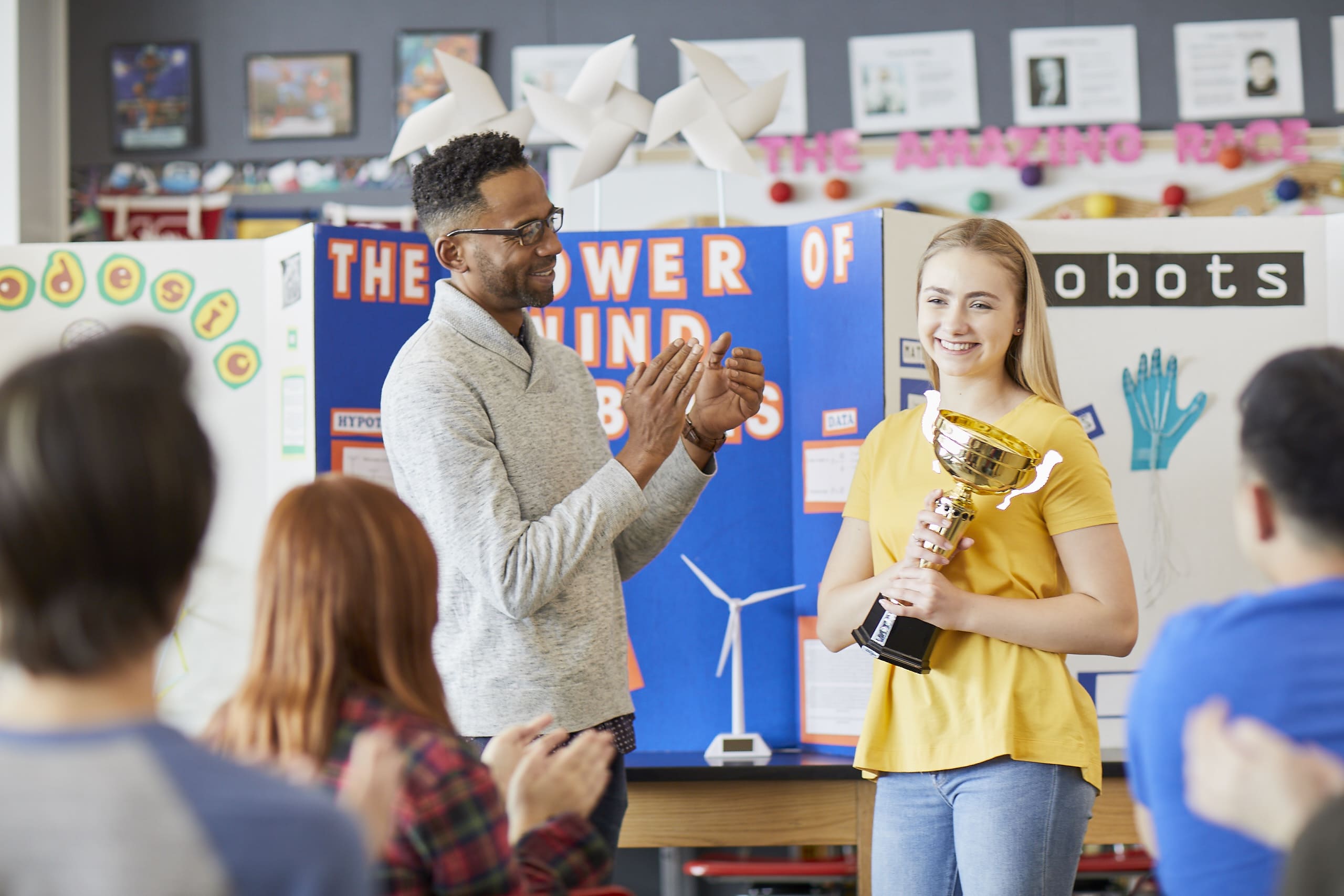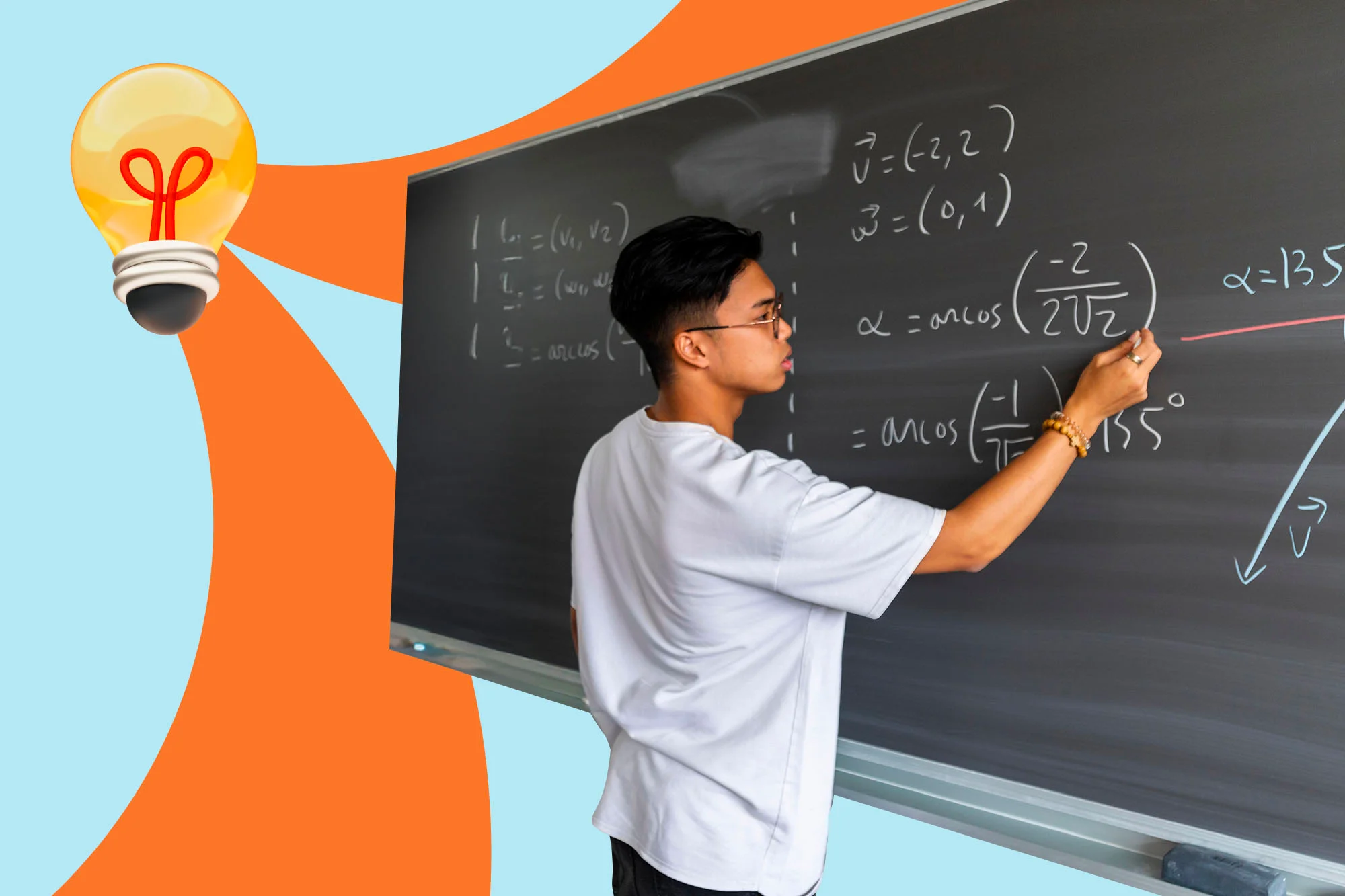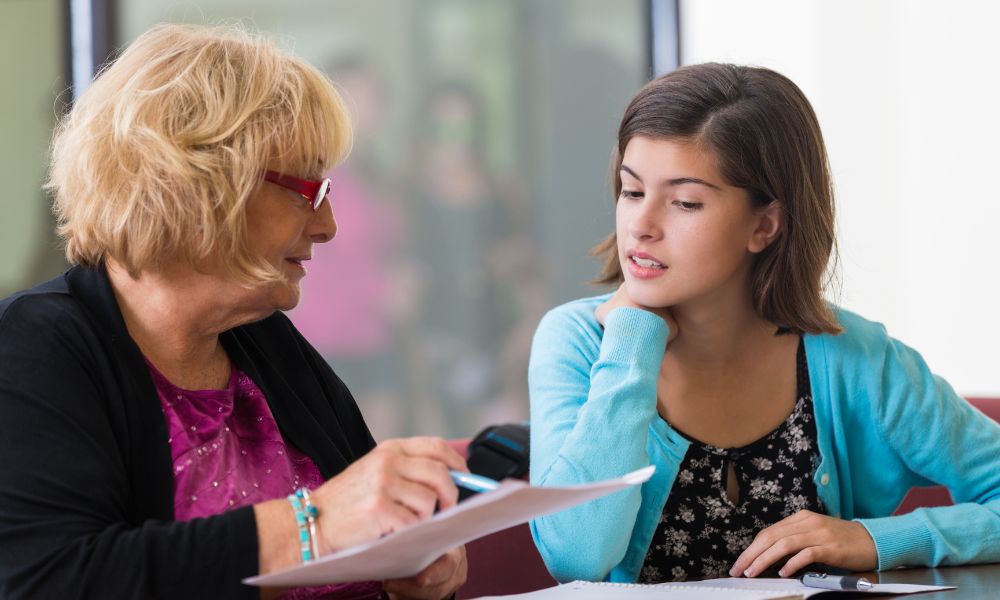Your ultimate handbook To quadratic, polynomial, and rational graphs in advanced algebra
Wiki Article
The Comprehensive Protection of Algebra 2 Tutoring: Secret Ideas and Skills for Mastery
Algebra 2 tutoring supplies a broad spectrum of essential principles and skills essential for students to attain mastery in maths. This encompasses a comprehensive understanding of polynomial functions, complicated numbers, and logarithmic equations, to name a few. Each subject builds on the previous one, producing a natural structure for analytical. The application of these principles in real-world scenarios highlights their importance. Yet, there stay critical locations that can better boost a student's mathematical journey.Recognizing Polynomial Features
How do polynomial functions shape the landscape of algebra? These fundamental expressions, including variables elevated to non-negative integer powers, work as the backbone of many algebraic concepts. They can be characterized by their level, which suggests the greatest power of the variable, and their coefficients, which figure out the feature's habits. Polynomial features exhibit distinct residential properties, such as continuity and smoothness, permitting them to design a selection of real-world circumstances. Their visual depictions include curves that can demonstrate various actions, consisting of intercepts and transforming factors. Understanding polynomial features entails grasping operations such as addition, division, reproduction, and subtraction, in addition to factoring techniques. This fundamental understanding is crucial for solving inequalities and formulas. By comprehending polynomial functions, pupils establish vital problem-solving abilities and acquire insight right into extra complicated mathematical ideas, leading the way for advanced researches in algebra and beyond.Mastering Complicated Numbers

Definition and Properties
Complex numbers, a foundation of sophisticated algebra, prolong the concept of one-dimensional number lines to a two-dimensional aircraft. Specified as numbers of the type (a + bi ), where (a) and (b) are real numbers and (i) represents the fictional device with the building (i ^ 2 = -1 ), these numbers have unique buildings. The genuine part (a) suggests the horizontal axis, while the imaginary part (b) shows the upright axis in the complex aircraft. Secret homes include their ability to stand for solutions to polynomial equations that do not have real options and their closure under addition, reproduction, reduction, and department (other than by absolutely no) This structure permits a much deeper understanding of mathematical principles and applications across numerous fields.Workflow With Facility Numbers
Procedures with complex numbers form an important facet of algebra that enhances mathematical understanding and analytic capacities. Complicated numbers, expressed in the kind (a + bi), where (a) and (b) are real numbers, call for particular operations like addition, reproduction, subtraction, and division.Addition and subtraction involve integrating like terms, while multiplication uses the distributive residential or commercial property and the truth that (i ^ 2 = -1) Division of complex numbers necessitates increasing the numerator and denominator by the conjugate to eliminate the imaginary component in the common denominator. advanced algebra.
These operations not only strengthen foundational algebra skills but additionally prepare pupils for more advanced topics, such as square features and polynomial equations. Proficiency of complicated number procedures outfits learners with vital analytical devices.
Discovering Logarithmic Formulas
In the research study of logarithmic formulas, recognizing the buildings of logarithms is crucial for reliable analytic. These residential or commercial properties provide the foundational devices needed to manipulate and simplify logarithmic expressions. By understanding these ideas, trainees can with confidence take on a selection of logarithmic formulas.Comprehending Logarithm Features
Logarithm residential or commercial properties play an essential duty in simplifying and resolving logarithmic formulas, using an organized approach to understanding their behavior. These residential properties consist of the quotient, item, and power regulations. The item guideline mentions that the logarithm of an item is the sum of the logarithms of its elements. Conversely, the ratio policy shows that the logarithm of a ratio is the difference of the logarithms. The power policy reveals that the logarithm of a number increased to a backer can be revealed as the exponent multiplied by the logarithm of the base. Proficiency of these buildings improves one's capability to adjust logarithmic expressions, giving a structure for tackling much more complicated equations and functions come across in sophisticated algebra.Addressing Logarithmic Formulas
How can one successfully solve logarithmic formulas? To tackle these equations, it is important to make use of buildings of logarithms. First, one should settle logarithmic expressions making use of the power, item, and ratio rules. This simplification usually changes the equation into a much more workable type. Next off, transforming logarithmic formulas to their exponential form can expose the unknown variable. For instance, the formula (log_b(x) = y) converts to (x = b ^ y ) Additionally, checking options is essential to guarantee they do not produce peripheral outcomes, specifically when dealing with logarithms. By systematically applying these techniques, people can with confidence navigate and address logarithmic formulas, enhancing their general understanding and mastery of this mathematical principle.Analyzing Sequences and Series
Sequences and series might initially show up complex, they are basic ideas in algebra that reveal patterns and partnerships within numbers. A sequence is a list of numbers organized in a certain order, generally specified by a formula or guideline. Comprehending the kinds of sequences, such as math and geometric series, allows trainees to recognize the underlying patterns successfully.On the various other hand, a series is the amount of the terms of a sequence. Analyzing series includes acknowledging finite and infinite collection, along with calculating their sums when appropriate. Trainees learn important techniques, such as making use of solutions for the sum of math and geometric collection, which simplify computations.
Understanding sequences and collection furnishes trainees with vital analytic abilities, enabling them to take on extra complicated mathematical principles. This foundation is vital for their proceeded success in algebra and higher-level mathematics.
Fixing Sensible Expressions and Equations

When solving logical equations, you can find out more one must separate the variable, commonly by cross-multiplying to remove the portions. It is very important to check for nonessential options, as multiplying both sides can present worths that do not please the initial equation. On top of that, pupils must recognize limitations on the variable, as specific worths can make the common denominator zero, rendering the expression undefined.
Realizing Conic Sections
Conic sections are geometric figures obtained from the junction of a plane and a double cone. These areas include circles, ellipses, parabolas, and hyperbolas, each distinguished by unique properties and formulas. Recognizing conic areas is vital for trainees as they explore the connections in between algebra and geometry.
Circles are specified by a constant distance from a facility factor, while ellipses arise from a plane puncturing both cones, developing a closed contour. Parabolas occur from a plane parallel to the axis of the cone, portraying a U-shaped graph. Hyperbolas, on the various other hand, occur when the airplane intersects both cuts in half of the cone, leading to 2 distinct, open curves.
In Algebra 2, understanding conic areas involves acknowledging their conventional equations, graphing them properly, and determining their vital attributes, such as axes, foci, and vertices. This foundational knowledge prepares students for advanced mathematical principles.
Applying Features and Graphs
Functions and charts serve as basic devices in Algebra 2, enabling students to model relationships between variables and visualize mathematical principles. Proficiency of these components enables learners to analyze data, identify fads, and make forecasts based on established patterns. Trainees discover numerous kinds of functions, including straight, square, polynomial, logical, and exponential, each with distinctive qualities and applications.Graphing these functions involves understanding essential attributes such as slopes, asymptotes, and intercepts, which give understandings right into their habits. Additionally, trainees find out to change functions through shifts, stretches, and reflections, improving their capability to adjust and analyze graphical representations.
Applying features in real-world contexts further strengthens understanding, as students take on issues entailing profit margins, populace growth, and physics formulas. This functional application bridges academic knowledge with tangible results, fostering a deeper recognition for the importance of features and graphs in day-to-day life.
Regularly Asked Questions
How Can I Enhance My Problem-Solving Abilities in Algebra 2?
To boost analytic skills in Algebra 2, one must exercise frequently, look for diverse troubles, make use of on-line resources, collaborate with peers, and focus on understanding underlying concepts rather than remembering procedures, cultivating deeper understanding and application.What Resources Are Suggested for Additional Algebra 2 Technique?
Recommended sources for added Algebra 2 method consist of online systems like Khan Academy, textbooks with technique issues, and tutoring services. Taking part in math forums can additionally provide varied analytic techniques and collective understanding possibilities.Exist Online Tutoring Options Available for Algebra 2?
Yes, numerous on the internet tutoring choices exist for Algebra 2 (algebra 2 tutoring). Platforms like Khan Academy, Chegg Tutors, and Wyzant offer individualized help, video lessons, and interactive exercises, providing to numerous discovering styles and routines for trainees looking for assistanceExactly how Do I Get ready for Algebra 2 Examinations Successfully?
To prepare efficiently for Algebra 2 examinations, one should review vital principles, method problems regularly, use on-line resources, create study hall, and take practice examinations to recognize staminas and fancies targeted renovation.
What Are Usual Misconceptions Students Have in Algebra 2?
Students frequently misinterpret the importance of fundamental concepts, believing they can avoid requirements. They might also fight with abstract thinking, confusing functions with equations, and misunderstanding the role of variables in algebraic expressions.Grasping complicated numbers is essential for students in Algebra 2, as these numbers expand the real number system to solve equations that do not have actual solutions. These procedures not only strengthen foundational algebra abilities but also prepare pupils for more innovative topics, such as quadratic features and polynomial equations. Sensible expressions and equations represent here essential parts of algebra, including portions where the numerator and common denominator are polynomials. In Algebra 2, mastering conic areas entails recognizing their conventional equations, graphing them accurately, and identifying their key features, such as axes, vertices, and foci. Using Your Domain Name features in real-world contexts further strengthens understanding, as trainees deal with issues entailing profit margins, population development, and physics equations.
Report this wiki page